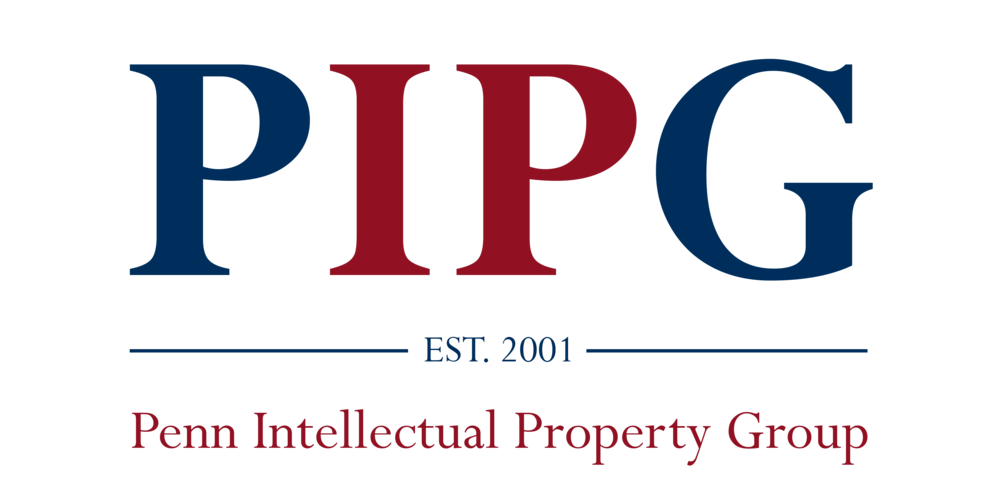By Nile Delso J.D. Candidate L’23
A decade-long battle between two modern software giants concluded with the Supreme Court’s decision in Google v. Oracle. The copyright confrontation centered on Google’s unlicensed use of Oracle’s Java application programming interfaces (APIs). The dispute began in 2005, when Google and Sun Microsystems (later Oracle) failed to come to terms on a deal that would license Sun’s code to Google for use in the development of their Android mobile operating system. Despite this, Google moved forward with use of the Java software in their 2007 Android release.
Specifically, Google copied approximately 11,500 lines of Java API code. An API is a software intermediary that allows two applications to communicate (a familiar analogy might be to think of an API as a restaurant waiter that communicates customer orders back to the kitchen). Although Google additionally created millions of lines of original code to build Android, it recognized that use of Java API would be necessary to entice programmers to build on Android.
In 2010, the same year it acquired Sun Microsystems, Oracle sued Google for copyright infringement (a related patent infringement suit was eventually dropped). The Federal Circuit, in two separate holdings (both reversals of district court decisions), held that “the API’s declaring code and its organizational structure could by copyrighted” and that Google’s use of the API was not a fair use. The Supreme Court granted cert. Two issues were presented to the Court: (1) whether copyright protections extend to APIs and (2) if so, does Google's copying of the declaring code constitute fair use?
The Court did not provide a definitive answer on the question of copyrightability, opting instead to narrowly find for Google on the issue of fair use. The Court analyzed fair use from the perspective of each of the four factors set forth in §107 of the 1976 Copyright Act.
First, the nature of the copyrighted work, the Java API, favored a fair use finding because “declaring code is . . . further than most computer programs (such as the implementing code) from the core of copyright.” This is because the inherent value of the declaring code is related to its function as a standardized language with which programmers are familiar, not its unique expression.
Second, the Court was convinced that the purpose and character of Google’s use of the APIs was transformative, favoring fair use. The use generated a new product “consistent with that creative ‘progress’ that is the basic constitutional objective of copyright itself.” In the industry, reimplementation of certain software interfaces is necessary for programmers to build upon their preexisting skillset, and “reuse of APIs is common.”
Next, the amount and substantiality of the copied portion was held to be “tethered to a valid, and transformative, purpose,” again favoring fair use. The Court held that the copying of the ~11,500 lines of code was necessary to achieve Google’s purpose of enticing Java-comfortable programmers to build on Android.
Finally, the Court analyzed market effects. Google’s platform, specific to mobile devices, was not a substitute for the copyrighted work, which was built for use in desktop or laptop computers. Oracle, in fact, would benefit from the promotion of Java use in new products. Notably, the Court concluded that enforcement of Oracle’s copyright on these standardized functional software elements would dampen innovation and ultimately “risk harm to the public.”
Many analysts consider this holding to be a win for software developers who rely on standardization in programming languages and who wish to use these standardized codes in novel software development. Though, in practice, this case may demonstrate that fair use is only an option for wealthy companies, such as Google, who can afford a decade of litigation.
